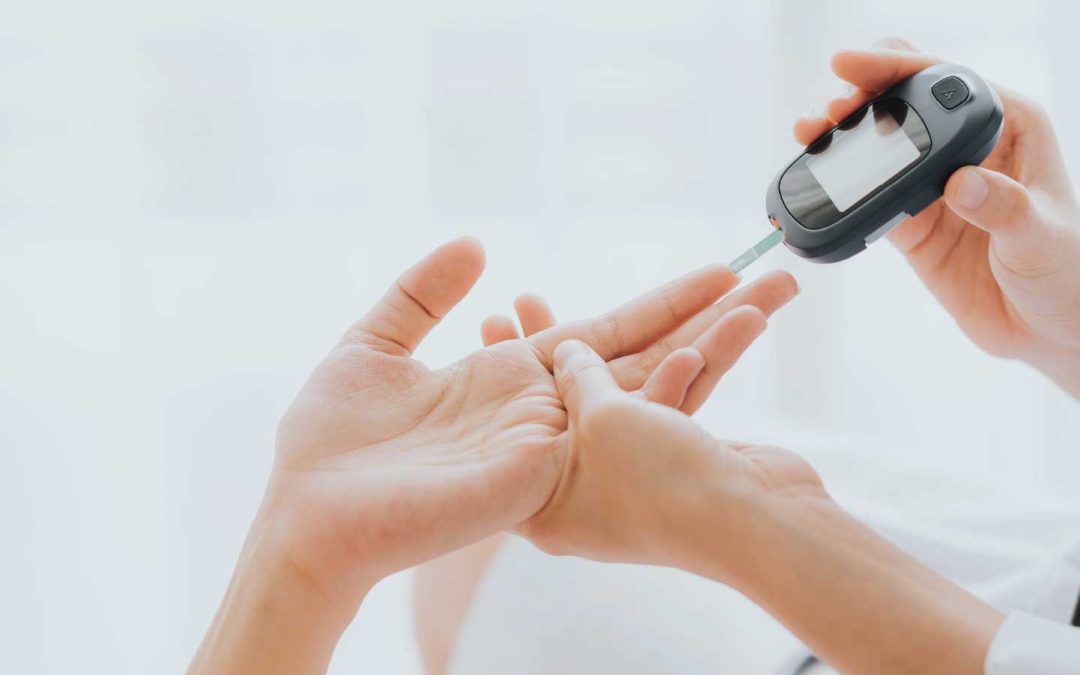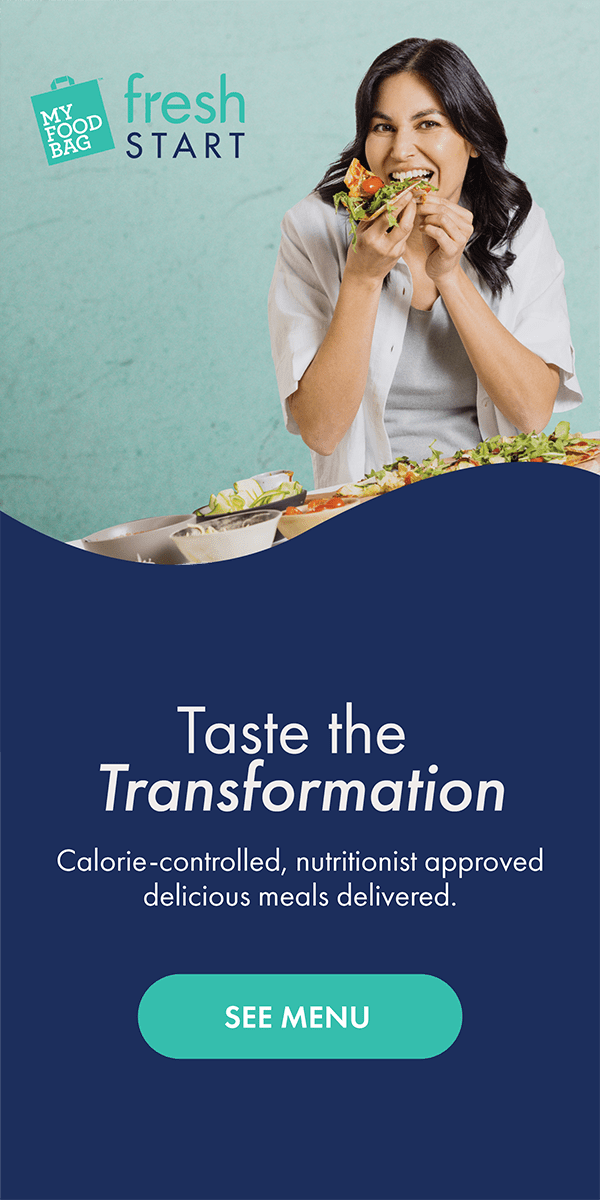Iron deficiency is one of the most common nutrient deficiencies worldwide and World Iron Awareness Week (October 13–19) is the perfect time to pause and reflect on your own diet (1).
In today’s fast paced world, nutrition often takes a backseat. Between work, study and family commitments, it’s easy to reach for whatever food fits into your schedule. But over time, that can mean missing out on key nutrients – including iron.
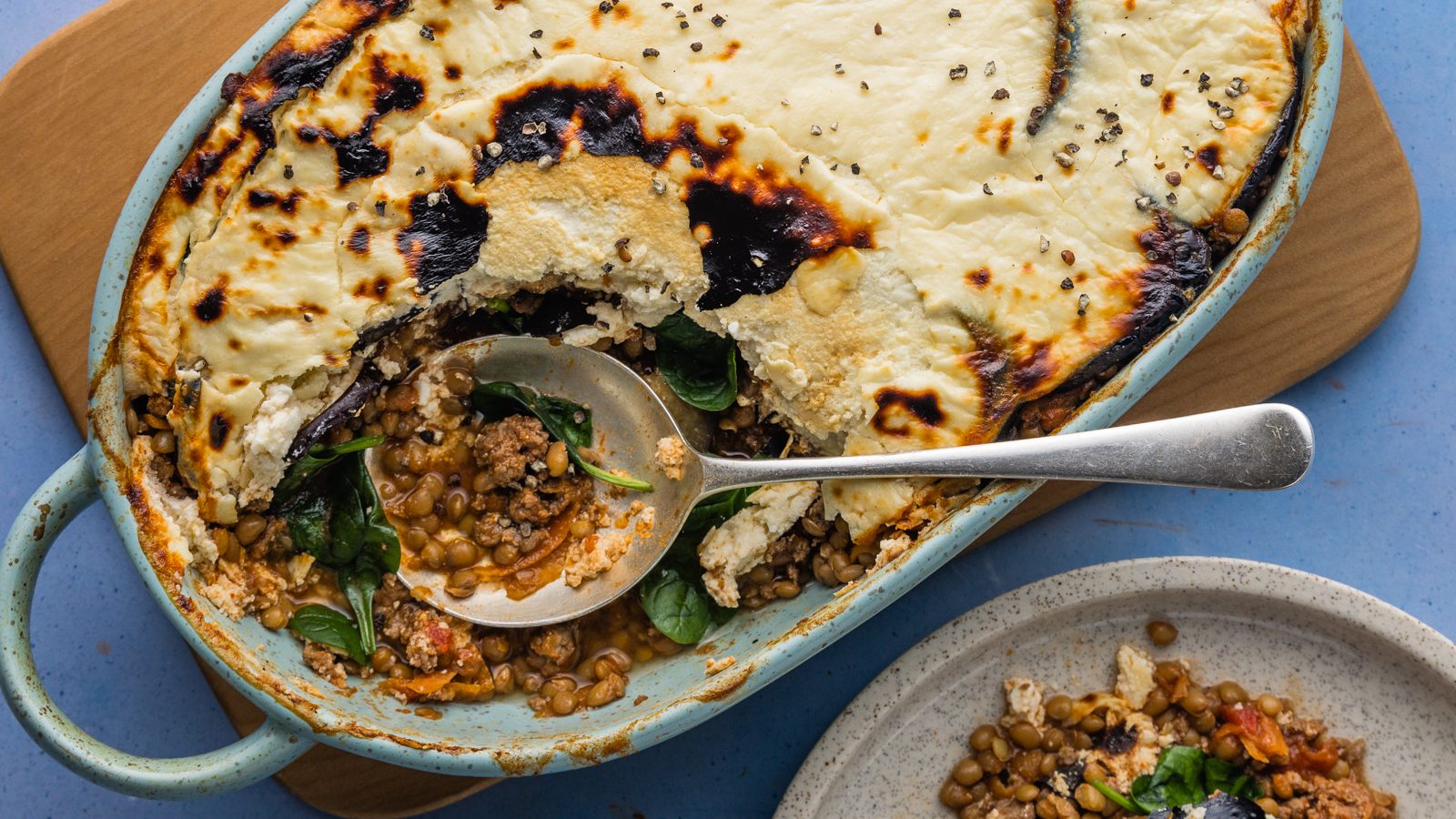
Why is iron so important?
Getting enough iron, whether through food or supplements can make a huge difference to your energy, focus and overall wellbeing. The good news? Meeting your body’s iron needs doesn’t have to be complicated. With a little awareness and a few small, consistent habits, you can support healthy iron levels – no matter how busy life gets.
Iron is an essential mineral found in every cell of your body (2). Your body needs iron every day to carry oxygen around your body, support muscle function and for a healthy immune system (3).
Our iron needs aren’t a one size fits all. Your dietary preferences, age, gender, stage of life and activity levels all play a role in how much we require. People following a vegetarian or vegan diet, teenage girls, pregnant women, very active people and people with conditions like Coeliac or Crohn’s disease are more at risk of not getting enough iron and need to pay extra attention to their intake (2).
Signs you may be low in iron
It is important to check in with your health professional if you think you may be low in iron.
Signs that you may be low in iron include feeling tired or lethargic, irritable and grumpy, finding it hard to concentrate, shortness of breath, being prone to infections, or noticeably feeling the cold more than others (3).
Keep in mind that mild iron deficiency can develop quietly – sometimes without any obvious symptoms at all (2).
Food sources of iron to include into your diet
There are two types of iron that come from food: haem iron and non-haem iron (4).
Haem iron is found in animal-based foods and more easily absorbed by the body compared to non-haem iron which comes mostly from plant foods (4).
Eating a combination of foods high in both haem and non-haem iron helps to provide an iron-rich diet.
| Foods containing haem iron | Foods containing non-haem iron |
| Lean red meats (beef, lamb, pork) | Legumes (beans, lentils, chickpeas, edamame beans, baked beans) |
| Seafood (salmon, tuna, sardines) | Dark leafy green vegetables (spinach, kale) |
| Shellfish (mussels) | Tofu, tempeh |
| Poultry (chicken, turkey) | Eggs |
| Fortified cereals like Weet-bix | |
| Nuts and seeds (pumpkin, sunflower, sesame, walnuts) | |
| Quinoa and brown rice | |
| Dried fruits (raisins, prunes, apricots) |
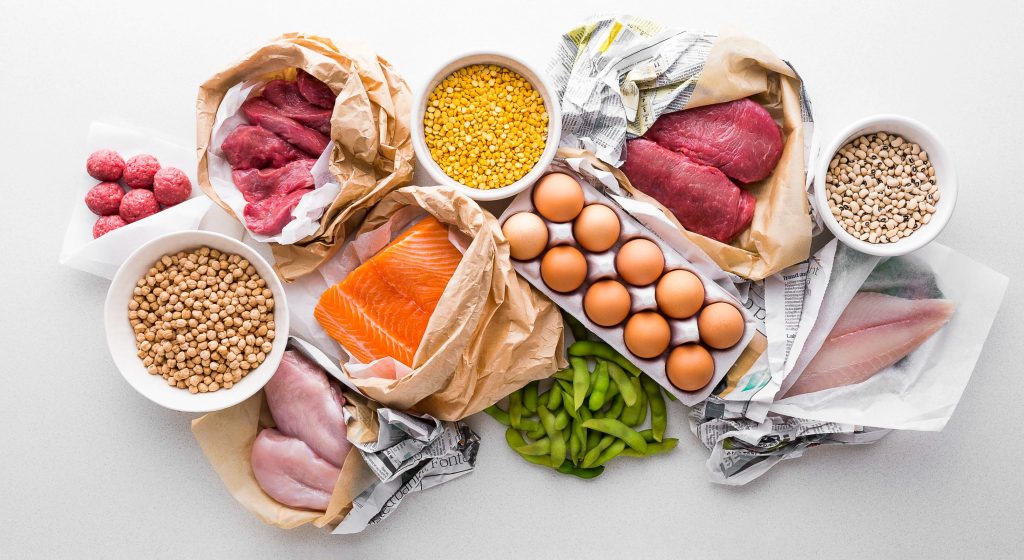
Practical ways to get enough iron daily
1. Plan variety into your meals
Plan and/or prepare your meals during the weekend to set yourself up to hit your iron requirements during the week. Focus on eating both animal and plant source of iron within balanced meals – like pairing lean red meat with vegetables such as spinach or lentils. Combining haem (animal) and non-haem (mostly plant) iron sources not only boosts iron absorption but also keeps your meals nourishing and satisfying.
2. Pair iron foods with vitamin C
Include foods rich in vitamin C within your meals to help your body absorb up to 4 times more non-haem iron (5). Add a source of vitamin C like kiwifruit, berries, tomatoes, broccoli, capsicum, citrus fruits or dark leafy greens to each meal (5). This is especially important if you follow a vegetarian or vegan diet and rely solely on non-haem iron sources.
3. Keep healthy snacks at work or in your bag
Plan ahead and keep nourishing snacks that help to contribute both haem and non-haem iron on hand for busy days.
Try options like boiled eggs, canned tuna with crackers, roasted chickpeas, mixed nuts with pumpkin seeds, dried apricots, almonds with an apple, a trail mix of cashews and dried fruit, or even a small piece of dark chocolate with a handful of berries.
4. Be smart about the timing of drinks
Try to avoid drinking tea, coffee, red wine or milk with your meals especially if you are low in iron or in an ‘at risk’ group. Enjoy these drinks between meals instead. Tannins, a naturally occurring compound found in tea, coffee and red wine can reduce iron absorption from foods as can calcium from milk (5).
5. When it comes to meat – think red
Red meats are generally richer in haem iron than chicken and fish and a common rule of thumb is the redder the meat, the higher the iron content. If you eat red meat, then enjoy it up to 3 times each week. A serve is around 65g cooked lean red meat (90-100g raw).
If you eat a vegan or vegetarian diet enhance your meals with iron-containing foods and focus on combining a range of plant-based and vitamin C rich foods. It may be as simple as sprinkling sesame seeds on salads, tossing beans into pasta dishes or adding spinach to scrambled eggs. These little iron boosts can add up over time.
6. Stock your freezer with iron rich staples
Keep your freezer filled with iron rich staples like frozen spinach, edamame beans, fish, lean red meat and pre-prepared meals such as stews, chilli casseroles, or soups. Having these ready to go makes it easy to prepare quick, iron rich meals even on your busiest days.
7. Avoid skipping meals
Try not to skip breakfast or main meals on busy days even if you need to have them a bit later than usual. Skipping meals and overly restrictive diets can cause you to miss out on key nutrients (including iron), leading to a lower intake overall. Even something quick like a wrap, smoothie or yoghurt bowl is better than nothing.
8. Choose quick, balanced options when eating out
On the go and have no other option than to eat out? Try to opt for choices that contain iron rich foods, this may be a burrito bowl with beans, salads with chicken or steak, or sandwiches with wholegrain bread and leafy greens.
A few small changes can make a big difference to how you feel day to day. By including a wide range of iron-rich foods and planning ahead, you’ll be supporting your energy, focus, and wellbeing.
When to get help?
If you think you might be low in iron or want reassurance that you’re on the right track, have a chat with your GP, a NZ Registered Dietitian or Registered Nutritionist for a dietary assessment and tailored advice.
If you are considering an iron supplement always do this under the supervision of your health professional. This is to ensure that any side effects are managed and that you are taking an appropriate dose of iron relevant to your personal blood results.
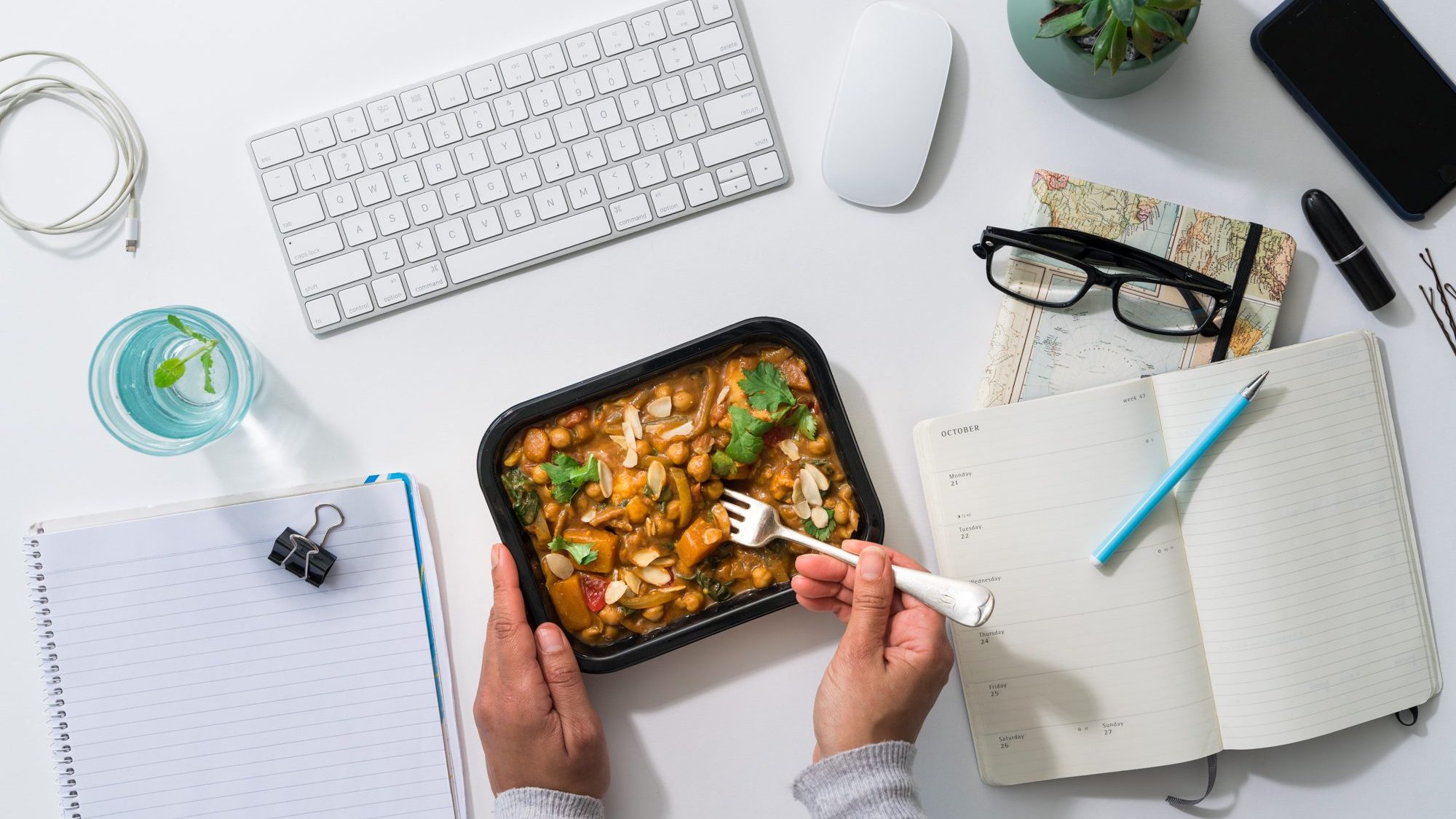
References:
- University of Otago and Ministry of Health. (2011). A Focus on Nutrition: Key findings of the 2008/09 New Zealand Adult Nutrition Survey. Wellington: Ministry of Health
- Healthify (2022) Low Iron (Iron Deficiency). Accessed online via Iron deficiency | Healthify
- World Iron Awareness Week (2025) The Iron facts. Accessed online via IRON FACTS — WORLD IRON AWARENESS WEEK (ironweek.co.nz)
- Dietitian Connection (2021). Iron fact sheet. Accessed online via dietitianconnection.com/patient-resources/iron/
- Heart Foundation (2014) Keeping an eye on your iron. Accessed online via How Do You Boost Iron Intake? – Heart Foundation NZ
